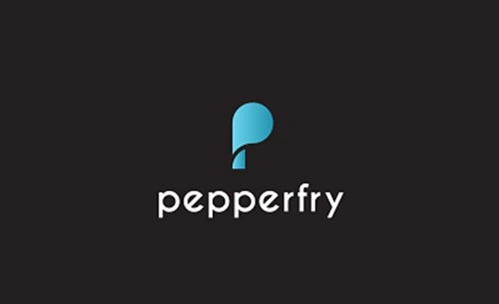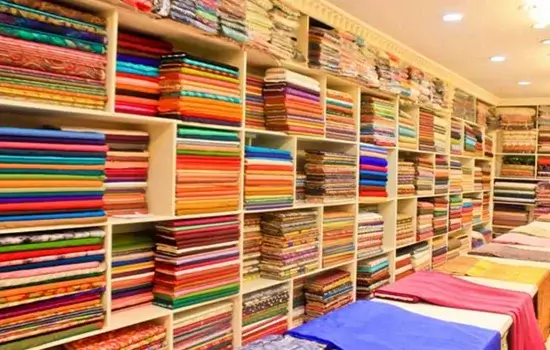Previously referred to as Pepperfry, Pepperfry Limited is an Indian online furniture plus home décor marketplace. With its headquarters located in Mumbai, the company was established in July 2011 by Ambareesh Murty and Ashish Shah. By 2023, Pepperfry will have 42 studios under its franchise system and 43 studios owned by the corporation. The business went public in May 2022 and declared its intention to list on stock exchanges.
History
Former eBay executives Ambareesh Murty and Ashish Shah established Pepperfry in Mumbai 2011. In 2014, the company launched its first physical location in Mumbai, and by 2019, it had grown to over 70 locations throughout 28 Indian cities. Along with a logistics network called PepCart, it presently operates 43 company-owned studios in 13 locations and 142 franchise-owned studios in 109 cities.
Pepperfry made its entry into the home interior market in 2020 thanks to collaborations with businesses like Siemens, Gyproc, Bosch, Hettich, and Kajaria, amongst others. Pepperfry maintains warehouses in Delhi, Bangalore, Mumbai, and Jodhpur. It opened a fifth warehouse in the Hoskote neighborhood of Bangalore in 2023.
Pepperfry Company Details
| Company Name | Pepperfry |
| Origin Country | India |
| Founded | 2012 |
| Founders | Ambareesh Murty, Ashish Shah |
| CEO | Ambareesh Murty |
| Headquarters | Mumbai, Maharashtra, India |
| Industry | E-commerce, Furniture Retail |
| Key Offerings | Furniture, Home Decor, Furnishing Products |
| Number of Employees | Over 1,000 (as of last update) |
| Official Website | www.pepperfry.com |
Business Plan
Pepper Fry operates according to a market model. Working with an extensive network of furniture producers and merchants, they aggregate their items onto a single platform as part of their business plan. Pepper Fry makes the most of the wide range of possibilities by offering a variety of furniture styles, pricing points, and brands to its clients. Pepper Fry can provide a wide selection of options and serve a larger client base because of this marketplace strategy.
The platform focuses on aspects of home décor like lighting, dining kitchen appliances, furnishings, housekeeping, and much more. Pepperfry offers an extensive range of items. Its cutting-edge and straightforward product delivery system has allowed it to hold a dominant position in the industry. The Omni-channel strategy that Pepperfry largely employs enables customers to place orders via any device or channel at any time, anywhere.
The platform mainly uses a managed marketplace business model, where small and medium-sized business owners, craftsmen, and merchants offer their goods online. In this arrangement, the platform’s category team works with the vendors, and once everything is thoroughly verified, they purchase certain goods from the merchants.
Recently, the platform included augmented reality (AR) capabilities in its software, enabling users to visually arrange furniture within their homes and adjust their selections accordingly.
Pepperfry is most recognized for its safe delivery services and as a fantastic platform to assist several small businesses in using their websites to promote their goods. Additionally, they have interior designers on staff who offer their clients free advice on any interior design requirements. They have established connections with craftspeople and small- and medium-sized business owners. Through Pepperfry, these retailers can offer their goods for sale.
Revenue Model
Pepperfry uses a “Managed Marketplace” approach, which is perfect for small and medium-sized business shippers and artisans who want to offer their goods to many informed consumers. Currently, the website has at least 12,000 merchant and dealer partners who may showcase their design skills, craftsmanship, and administrative leadership to customers in India and abroad. It is now a necessary component of their compensation for some partners.
Pepperfry’s revenue model is simple to understand. They make money through product sales. Pepperfry makes between 80 and 85 percent of its revenue from the sale of solid wood furniture.
Pepperfry Growth & Future Plan
Pepperfry has successfully directly resolved Last-Mile Delivery in at least 127 cities and municipalities. By the end of 2015, it hopes to have reached 400 communities directly via its last-mile transportation system, expanding its topographical reach nationwide.
According to Ambareesh Murty, Pepperfry still has a way to go regarding development. Additionally, they qualify this situation by stating that only three factors—portability, access, and utilization development—will drive the development.
Conclusion
Pepperfry’s “Happy Furniture to You” tagline captures their unwavering goal of satisfying their customers with their offerings. Online reviews of the company are only partially consistent. Pepperfry is the dominant participant in the online furniture sector and arguably the most well-supported startup in the region.















